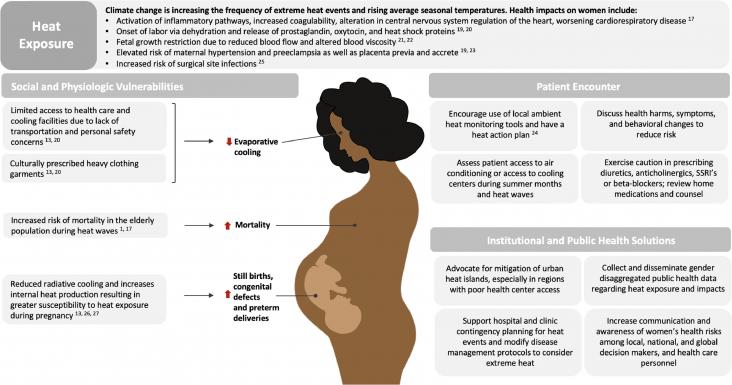An investigation, linking particularly well to SDGs 10 and 5 focusing on equality, which shows how researchers can actively engage with equality, diversity and inclusion (EDI) in their work, and how EDI considerations must remain an ongoing effort. The authors, working in the field of responsible research and innovation (RRI), intentionally employed EDI in their project recruitment, and reflect here on the adjustments they made as a result. The recruitment of persons with disabilities led to some particularly interesting and new insights in this study looking at trustworthiness in the design of autonomous systems with evolving functionality.
This Review supports SDGs 3 and 5, focusing on the gendered association between unpaid labour and mental health, particularly in relation to the fact that women do more hours of unpaid labour worldwide than men. The Review found that unpaid labour is associated with worse mental health in women than in men.
This Article supports SDG 5 by examining factors associated with implementation of organisational interventions for advancing women in health-care leadership.
Elsevier,
Obstetrics and Gynecology Clinics of North America, Volume 49, Issue 3, 2022, Pages 581-590
This chapter advances Goals 3 and 5 by discussing how systematic forensic evaluation and treatment of sexual assault and IPV victims are important aspects of care for these patients.

Climate change threatens to widen existing gender-related health disparities as well as socioeconomic disparities among women.
Experience of domestic violence has been suggested as a risk factor for diabetes. Longitudinal data from 5782 Australian women over 20 years were analysed. Childhood sexual abuse and intimate partner violence predicted subsequent diabetes. The association was only partly attenuated when obesity was taken into account. Awareness of a history of abuse may help in the management of obesity and diabetes in women.
Examines multiple forms of adolescent violence perpetration across gender, racial/ethnic, and sexual identities. Boys reported greater rates of perpetration than girls, except for teen dating violence. Perpetration rates did not differ for intersection of gender by race/ethnicity. Perpetration rates varied across racial/ethnic, sexual, and gender minority students compared to non-minority students.
This Article supports SDGs 3 and 5, investigating the links between intimate partner violence and suicidal thoughts, suicide attempts, and self-harm.
Partner content
World Bank
These dashboards present data from the World Development Indicators (WDI) that help to monitor the Sustainable Development Goals (SDGs).
Recognising that "sexting" is a form of violence and is not innocent.

